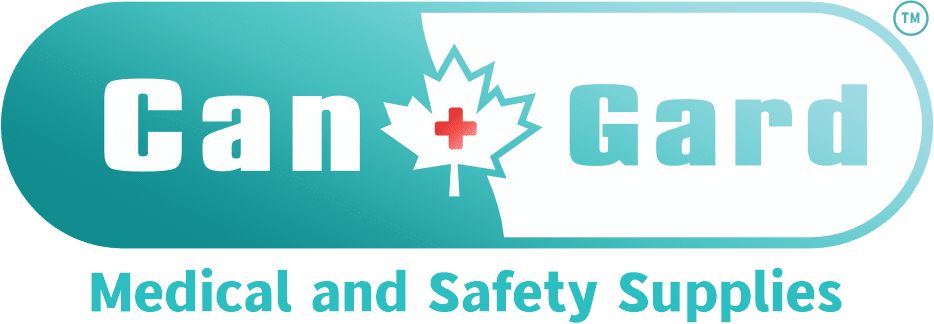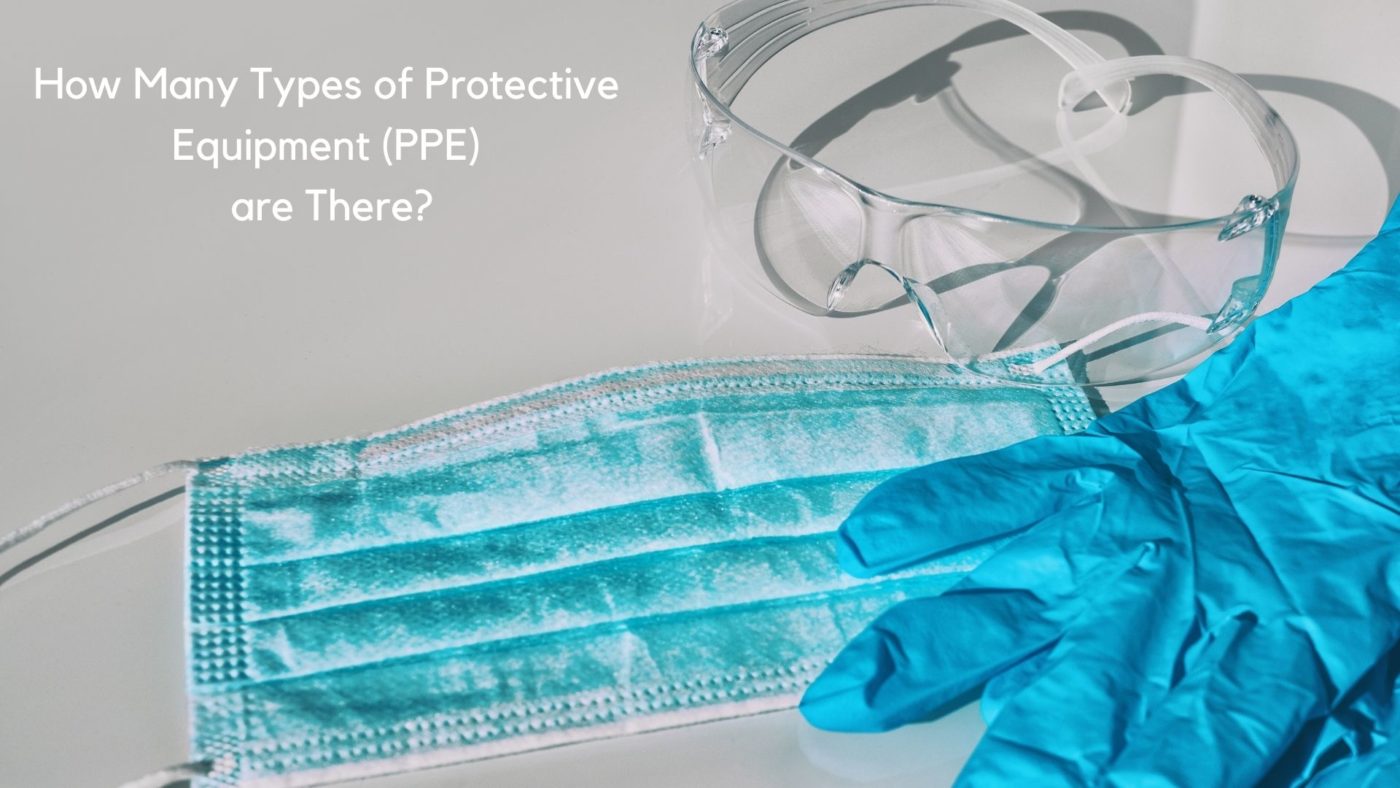No products in the cart.
First Aid/PPE
How Many Types of Personal Protective Equipment (PPE) are There?
The term “personal protective equipment” has gained immense popularity since the outbreak of coronavirus. Initially, it was the terminology of doctors and industrial workers, but now everyday people are seen discussing types of personal protective equipment.
What Is Personal Protective Equipment(PPE)?
Personal protective equipment, commonly known as PPE, refers to barriers you can wear to protect yourself from hazards.
For example, in medicine, workers need various “barriers” to protect their bodies. In order to protect themselves from airborne infections and infected air droplets, doctors use masks and even special garments that cover themselves from head to toe.
Studies have shown that the use of PPEs is linked to a reduced rate of disease transmission (coronavirus) and, therefore, better protection of the staff.
Types Of Personal Protective Equipment
As already mentioned, anything worn to protect yourself from splashes and droplets counts as PPE. There are different types of PPEs available aimed at providing a specific kind of safety:
Helmets
Safety helmets and head caps are meant to protect your head from impact, flying particles, and head injuries.
Face Shields
Face shields are composed of plastic screens that cover your face. Respiratory infections (such as coronavirus), which travel via a patient’s breath, cough, and sneeze, tend to enter your body via mouth, nose, and eyes. It is a must-have PPE for dentists dealing with coronavirus patients because they deal with splashes of blood, saliva, and water droplets (aerosols) from a patient’s mouth.
A study published in the International Journal of Environmental Research and Public Health found that a face shield provides a 98% reduction in aerosol transmission, and it performed better than masks.
Respiratory Protective Equipment (RPE)
RPE is a PPE type that offers protection against dust, gases, aerosols, airborne infections, smoke, etc.
The two primary components of RPE are face masks and respirators. Surgical masks offer sufficient barriers against dust, pollution, and airborne viruses. Face masks are 97% effective against coronavirus spread.
There are different types of respirators that you can use. N95 respirator masks have promising results in limiting the spread of COVID-19. Research suggests that the N95 respirator mask is an essential type of PPE that should be used with eye protection and gowns.
Gloves
Gloves are pivotal in protecting your hands and wrist from needle pricks, cuts, hazardous chemicals, contagious infections, and blood/saliva splashes. Medical professionals must use and change gloves to prevent cross-contamination. There are nitrile and latex gloves that are commonly used.
Goggles
Safety Goggles/glasses are effective in keeping your eyes protected from all sorts of hazards. According to research, it is crucial to wear safety goggles or other eye protection gear for complete protection.
Studies show that healthcare workers wearing eye protection have lesser transmission of the deadly virus.
Gowns
All healthcare providers must endorse a gown to keep the torso and the limbs far from infection and hazards. Gowns offer full-body protection at the front, back, arms and legs. This is perhaps the most important type of PPE.
Ear Plugs And Muffs
You can protect your ears with earplugs and muffs. Hearing protection is also an essential type of PPE.
Safety Shoes And Shoe Covers
Safety shoes must be worn to work. Shoe covers aid in protecting your feet and enhancing safety.
Where Can I Get The Best Products?
You can get the most comprehensive range of PPE in Canada by clicking here. The products offered at Cangard Medical and Safety Supplies are top-notch and approved by all relevant authorities.

